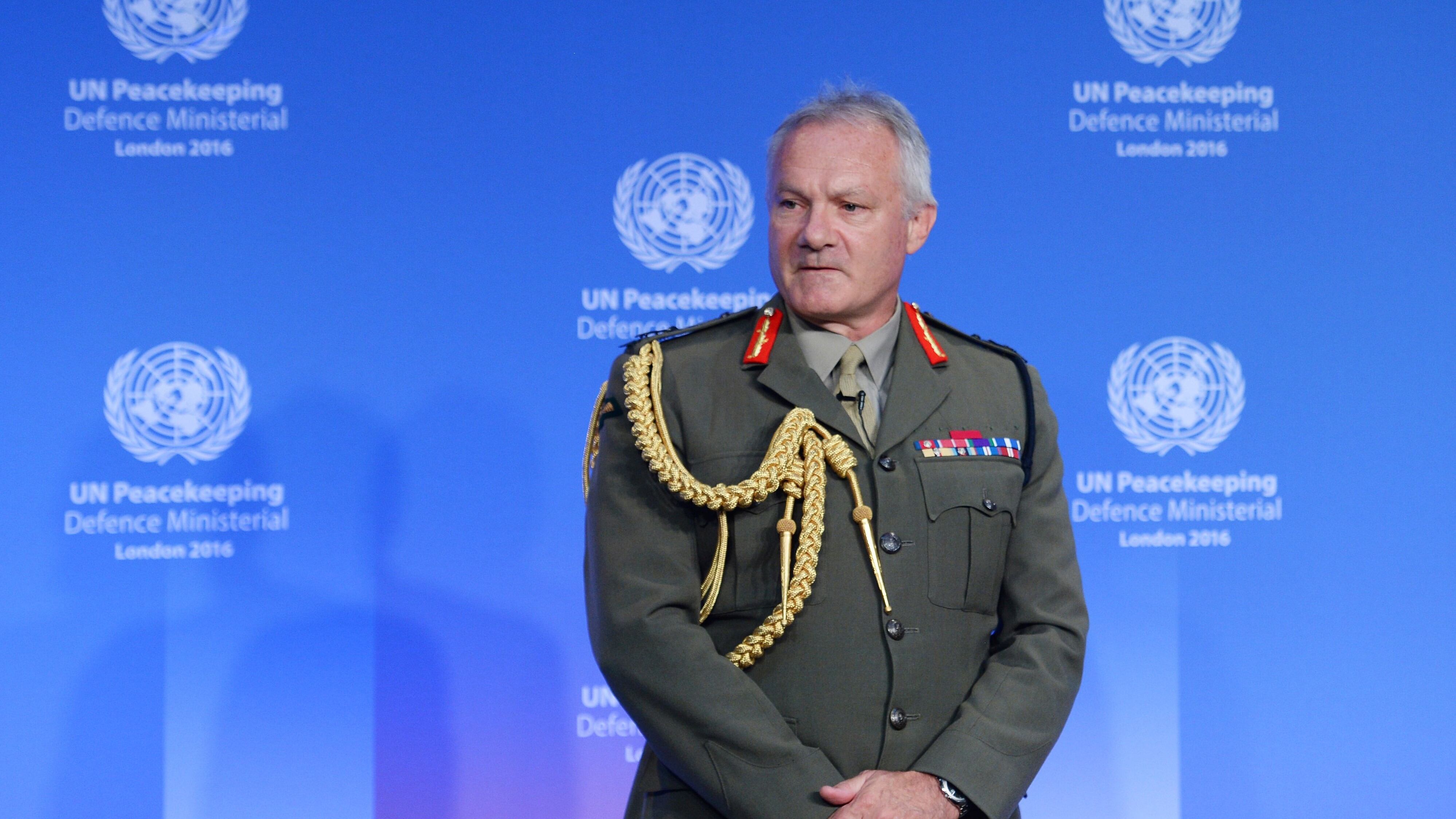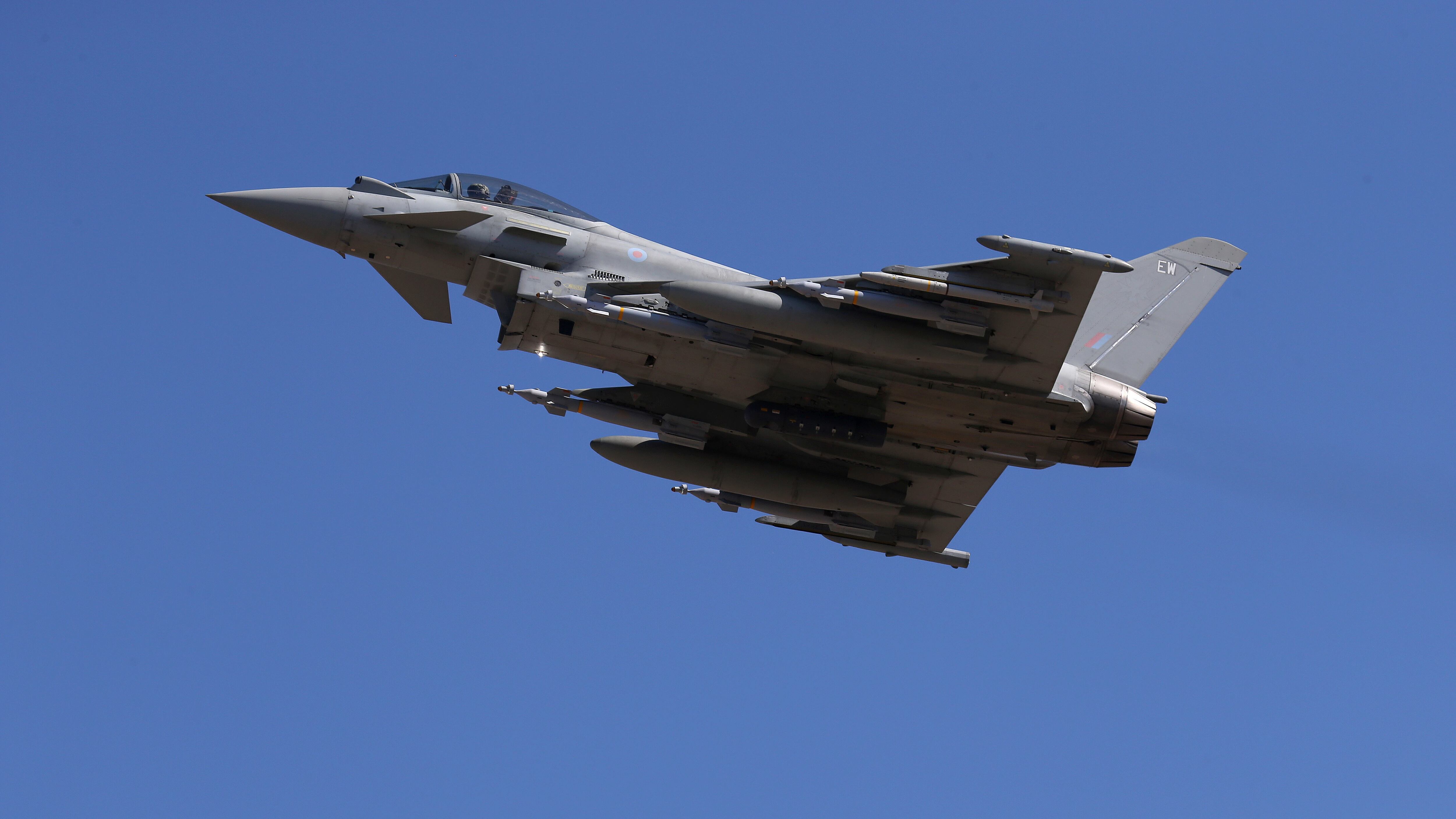WASHINGTON — When British Defence Secretary Gavin Williamson announced in February that his ministry would create two “littoral strike groups,” some naval experts turned their heads in confusion.
The announcement, after all, came with few details about the cost, required trade-offs and the concept of operations. For those looking for more information, expect to have to wait until the first part of 2020.
In a recent interview with Defense News during his visit to Washington, Gen. Gordon Messenger, vice chief of the U.K. Defence Staff, said a study on the plan for the littoral strike groups will be out roughly “a year from now.” He added that questions about funding will “certainly” be part of the broader U.K. spending review expected later this year.
RELATED

“At the moment, the money has been found to examine the concept and develop the concept, and I think until we have the information that that phase will bring, it’s very difficult to put a timeline or a sort of hard figure against it,” Messenger said.
“Clearly that’s going to need to be weighed up against other priorities. But it’s a way of us understanding more about it. It’s a capability that is attractive, it’s a capability that we think will have relevance in the future, but until we really understand more about it, it’s difficult to weigh up against other priorities,” he added.
The operational plans that come out of that study will determine if new support ships are needed for the strike groups, but Messenger noted that the U.K. is already investing in new support ships, including the South Korean-made Tide-class tanker.
“We’re investing quite a lot in support ships and then trying to work out what the best [concept of operations] is, given that we’re never going to have everything that we want because we’re simply not a nation of that sort of size,” Messenger said.
The last point is notable, as some politicians in the U.K., including Williamson, have said Britain’s divorce from the European Union will allow the country to take on a more global military role.
RELATED

Asked whether the U.K. has a fleet large enough to fill that goal, Messenger said the kingdom is updating several of its fleets and adding Type 26 and Type 31 frigates. And he indicated some outside-the-box-thinking may be involved.
The military must “get that balance right between war fighting at the very highest end, and the sort of ubiquity that comes from platforms in, let’s call it the constabulary role,” he said. “Then you don’t have to just think warships. We get a lot of utility out of our amphibious shipping. We have offshore patrol vessels, which are [such] capable platforms that we’re just buying new ones. So you don’t have to be out-and-out warships."
As another example, Messenger cited the Tide class, noting it has a “really capable hanger on the back,” as well as medical facilities and space to carry other equipment. “Its principal task will always be to carry fuel for warships, but nonetheless the utility you can get from that fleet is considerable,” he said.
“So, you know, could we do with more? Yes, but do I feel that we’re about appropriately configured for what we want to do? Probably. And the fact that we’ve been able to have an LPD — an amphibious ship — and three frigates go to the Far East in the last year and a half is an indication of our ability to veer and haul and flex availability for areas that we want to prioritize.”
Aaron Mehta was deputy editor and senior Pentagon correspondent for Defense News, covering policy, strategy and acquisition at the highest levels of the Defense Department and its international partners.








